Unveiling Dark Matter: The Case for Primordial Black Holes
Dark matter has long been one of the most tantalizing mysteries in cosmology. Despite being pivotal to the structure and dynamics of the universe, its nature remains elusive. For decades, scientists have scoured the cosmos, tested hypotheses, and deployed cutting-edge experiments, only to arrive at more questions than answers. However, a new and innovative approach may hold the key to solving the dark matter puzzle—one that uses our very own solar system as a massive detector.
Searching for the Invisible
Dark matter is thought to make up roughly 80% of the universe’s mass, yet we cannot directly observe it. Initial theories proposed that it consisted of familiar but non-luminous objects, such as brown dwarfs, neutron stars, or black holes. However, thorough investigations ruled out these conventional explanations. This led to the hypothesis of exotic particles like neutrinos, axions, or weakly interacting massive particles (WIMPs). Despite extensive experiments in advanced underground detectors and particle colliders, no conclusive evidence has confirmed these particles’ existence.
So, where do we look next? Much like losing your keys and double-checking your pockets, scientists are returning to “obvious” possibilities—looking again at compact objects, specifically black holes formed under extraordinary circumstances: primordial black holes (PBHs).
The Intriguing Case for Primordial Black Holes
Primordial black holes date back to the earliest moments of the universe. Unlike stellar black holes, which form from the death of massive stars, PBHs may have emerged from density fluctuations in the hot, dense soup of matter and energy shortly after the Big Bang. These black holes could range widely in mass, but one specific mass range—between (10^{17}) grams and (10^{23}) grams, roughly the mass of a large asteroid—has garnered significant interest.
Why? This “asteroid-mass” range aligns with observations of dark matter distribution in the universe. Moreover, it’s the one mass window where PBHs could theoretically account for all of dark matter after ruling out possibilities in other mass ranges. For example, microlensing surveys (effects caused by the light-bending gravity of compact objects) have already excluded PBHs in masses much greater or much smaller than the asteroid range.
Could Our Solar System Detect Primordial Black Holes?
The challenge lies in detecting these tiny, elusive black holes. While their event horizons would be microscopic and invisible to telescopes, their gravitational influence provides a way forward. A passing PBH, even one with minuscule mass, would exert a gravitational tug on nearby objects, altering their orbits ever so slightly. Over time, these tiny shifts could become measurable—even within our own solar system.
Using Mars as an example, a PBH of about (10^{21}) grams passing outside the orbit of Mars could cause a positional deviation of about 1 meter over a decade. While this might seem imperceptible against the vast scales of the solar system, humanity’s ability to measure interplanetary distances is now precise enough to detect such anomalies.
Tools of Detection: Mars as a Testbed
Two factors make the orbit of Mars an excellent candidate for detecting these anomalies:
-
Predictability of Orbits: Planetary motion adheres to the unyielding laws of gravity, making deviations easier to spot. For instance, Neptune’s discovery in the 1840s resulted from detecting small deviations in the orbit of Uranus. The precision tools available today far exceed those pen-and-paper calculations.
-
Precise Distance Measurement: Using radio signals to satellites orbiting Mars, scientists can accurately measure its distance from Earth with remarkable precision, down to the centimeter. By comparing Mars’ observed trajectory with its predicted trajectory, scientists could identify gravitational anomalies and narrow down the source.
While larger asteroids in the asteroid belt might mask the PBH signature, scientists can usually differentiate between solar system objects and interstellar visitors based on trajectory. PBHs, being interstellar, would move much faster and could approach the solar system from any angle, making their gravitational influence distinct.
Past and Future Experiments
We already have over two decades of data on the position of Mars. By conducting sophisticated simulations that map possible orbital deviations, astronomers might uncover evidence of past PBH flybys. Although existing data cannot provide direct confirmation of the object’s nature, an overabundance of gravitational “kicks” could offer strong circumstantial evidence for PBHs as dark matter.
Looking to the future, a more exciting possibility emerges: real-time tracking. If a PBH is detected causing a deviation in Mars’ orbit, astronomers could monitor its trajectory as it exits the solar system. If it’s an asteroid, telescopes could potentially observe it. If it’s a primordial black hole, we would observe nothing—an absence that could confirm its existence as a dark matter candidate.
A Solar-System-Sized Dark Matter Detector
What makes this approach so groundbreaking is that it repurposes what’s already available. We already have an exquisitely fine-tuned planetary monitoring system, advanced atomic clocks to measure time (and thus distances), and decades of positional data. By leveraging these tools, scientists can turn the solar system itself into a galactic laboratory to probe one of the universe’s greatest mysteries.
Looking Ahead
If primordial black holes are indeed the culprits behind dark matter, their discovery would revolutionize our understanding of the universe. These subatomic-sized objects with asteroid-mass densities could help answer lingering questions about the Big Bang, the distribution of matter, and the evolution of galaxies.
Like particle colliders and underground detectors, this experiment shows humanity’s ingenuity in tackling the unknown. The answers may come not from unprecedented new tools but from innovative use of the infrastructure we already have. If the faint whispers of primordial black holes are hiding in our solar system, we may finally be on the verge of hearing them.
Image placeholders:
- [1,Visualization of primordial black holes of asteroid mass colliding in space]
- [2,Illustration of Mars with trajectories showing potential orbital deflections due to a passing PBH]
Video placeholder:
- [1,”How Mars Could Help Detect Primordial Black Holes”]
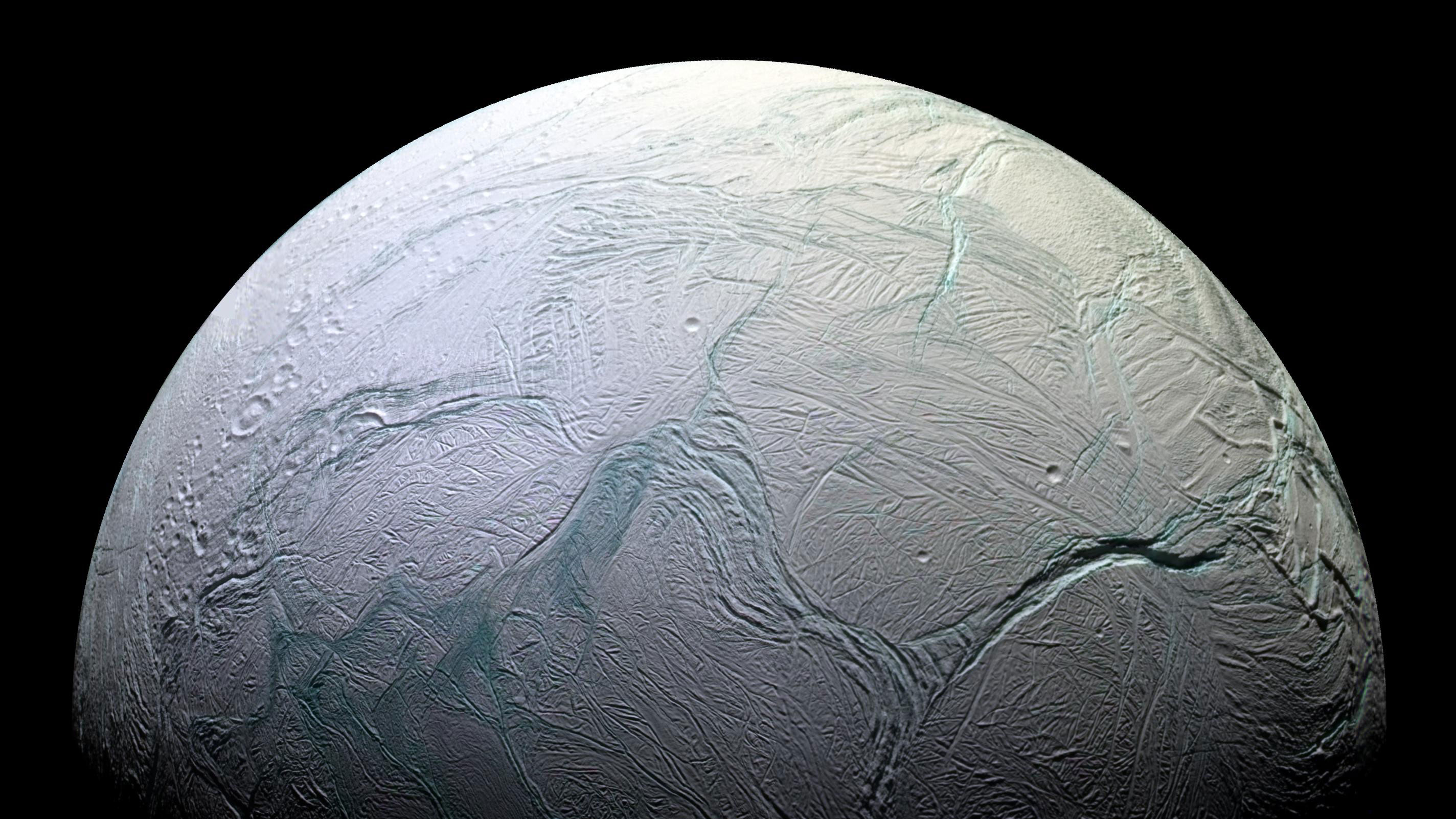 >
>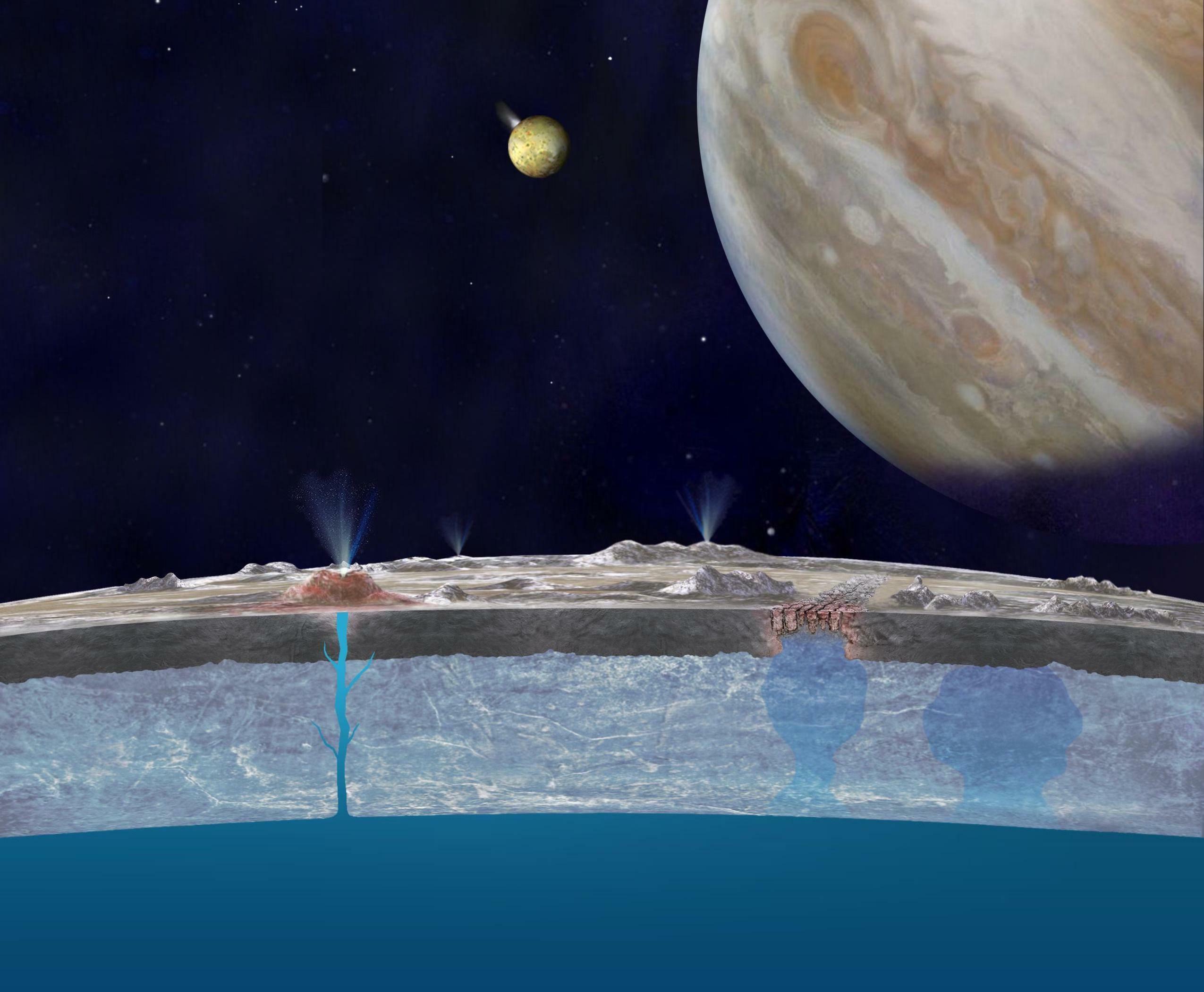 >
>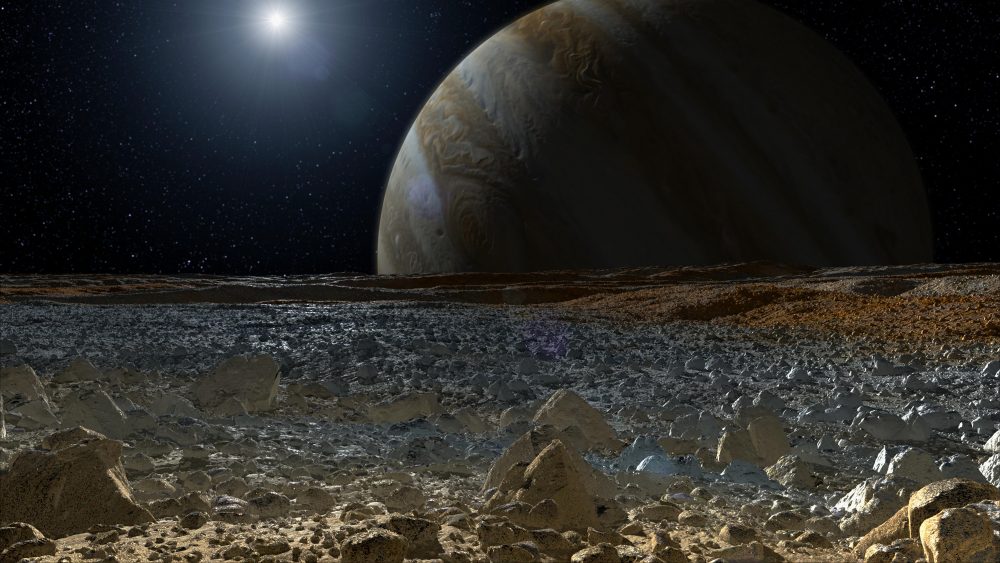 >
>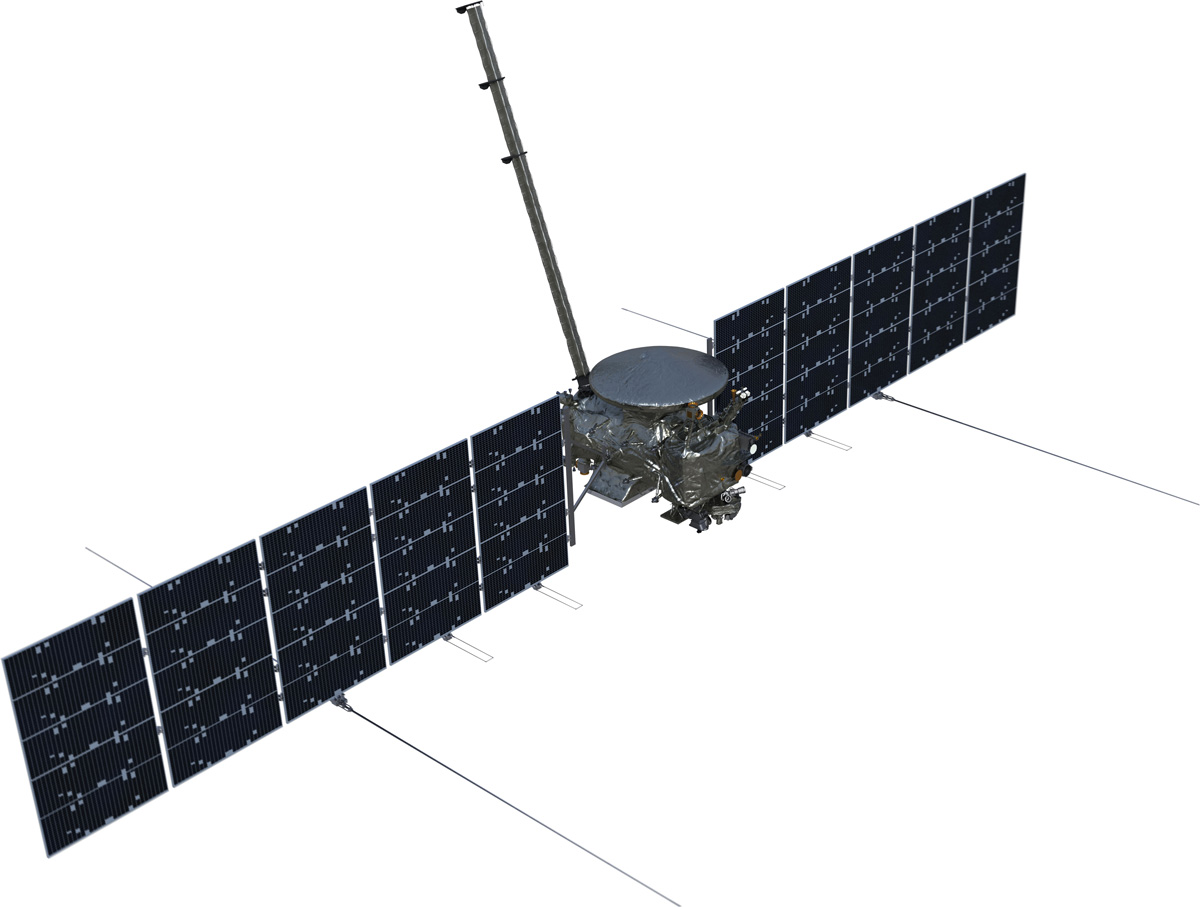 >
>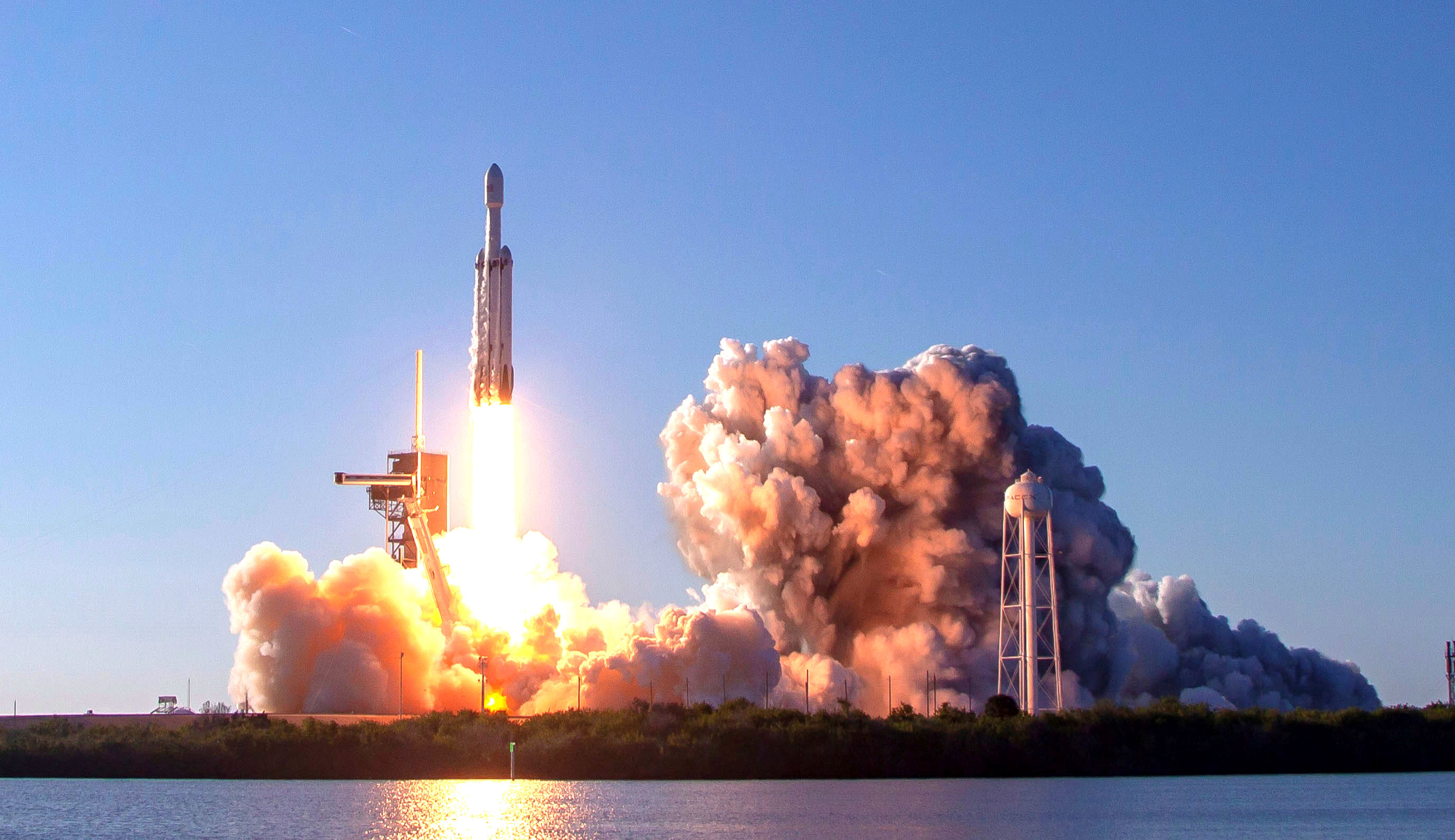 >
>